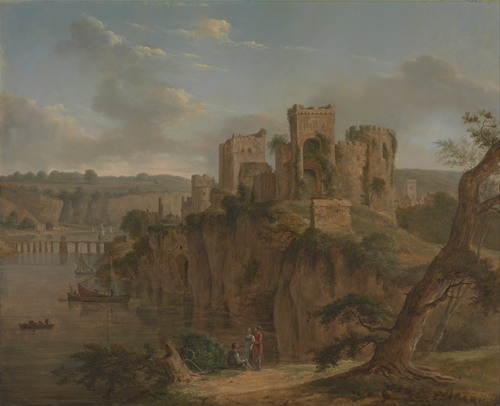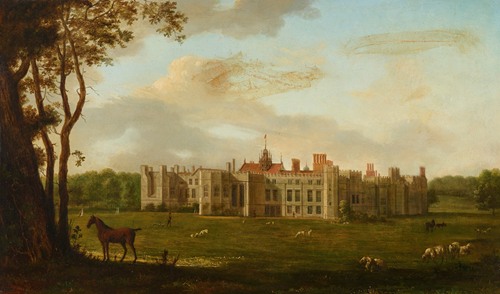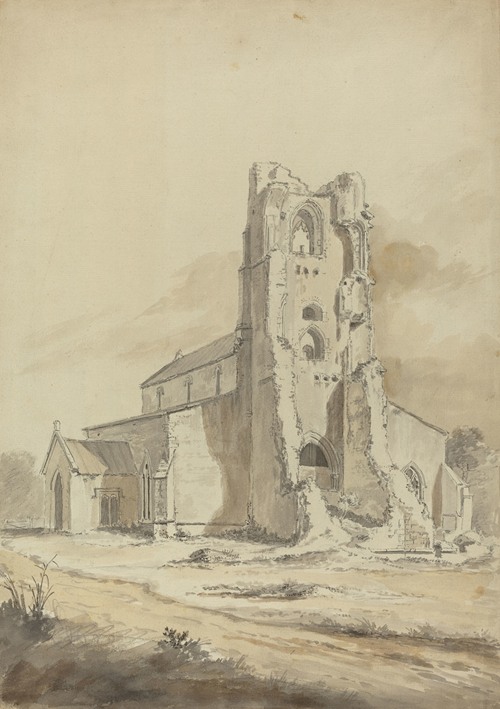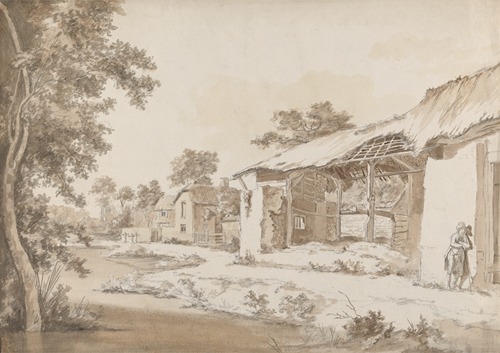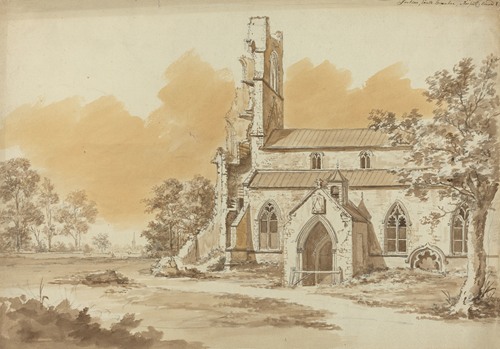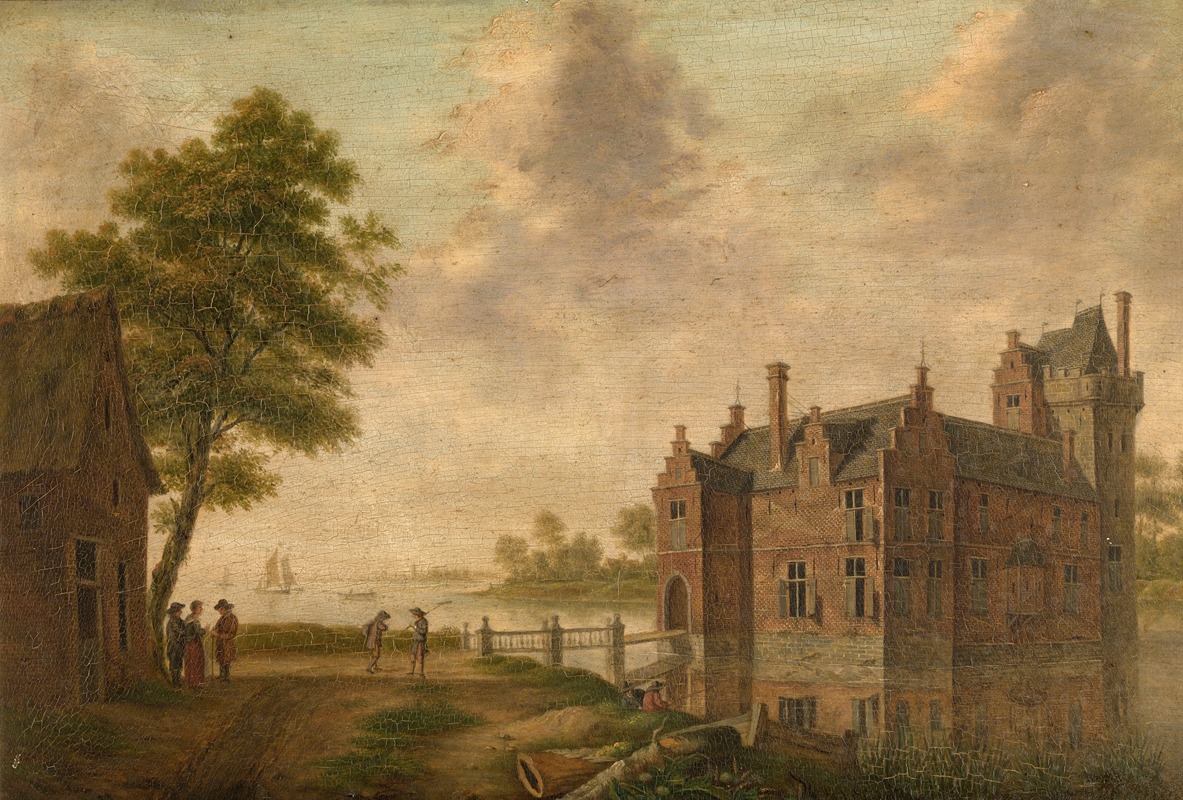
Hendrik de Cort or Hendrik Frans de Cort was a Flemish landscape painter and draughtsman. His international career brought him to Antwerp, Paris, England and Wales. He is mainly remembered for his topographical paintings and drawings of English castles, country houses, parks and ruins.
Hendrik de Cort studied in Antwerp under Henricus Josephus Antonissen and Willem Jacob Herreyns. In 1770 he became a master in the Antwerp Guild of Saint Luke. When Archduke Maximilian Francis of Austria travelled through the Austrian Netherlands in 1774 he appointed de Cort as his personal painter, possibly at the urging of Prince Charles Alexander of Lorraine, the then governor of the Austrian Netherlands.
He moved to Paris after 1776. He was received (reçu) into the Académie royale de peinture et de sculpture in 1779. He became the ‘ordinary’ painter to the Prince de Condé for whom in 1781 he painted topographical views of the Château de Chantilly.
De Cort returned to Antwerp in 1782. Here he was one of the founders in 1788 of a society of artists known as the Genootschap ter aanmoediging der Schoone Kunsten, known under its short form as the Konstmaatschappij (the 'Art Society'). Other founders included Balthasar Paul Ommeganck, Pieter Faes, Miss Herry, Jan Josef Horemans the Younger, Ferdinand Verhoeven, Hendrik Aarnout Myin, Frans Balthazar Solvyns, Mattheus Ignatius van Bree, Maria Jacoba Ommeganck, Marten Waefelaerts and many others. The purpose of the society was the promotion and appreciation of the artworks of its various members in an informal setting.
De Cort would not remain a member of the society for long as he left Flanders after the Brabant Revolution of 1789. He settled in London c. 1790 and remained in England for the rest of his life. There he built up a highly successful practice as a painter of country houses, castles, cathedrals and other views. He gained many commissions from the nobility and other important patrons. He thus stood in a long tradition of Flemish painters who made topographical paintings of the estates of the British nobility, which includes artists such as Jan Siberechts, Peter Tillemans and Pieter Andreas Rijsbrack. Many of his works were exhibited at the Royal Academy and the British Institution between 1790 and 1806.
He died in London.
